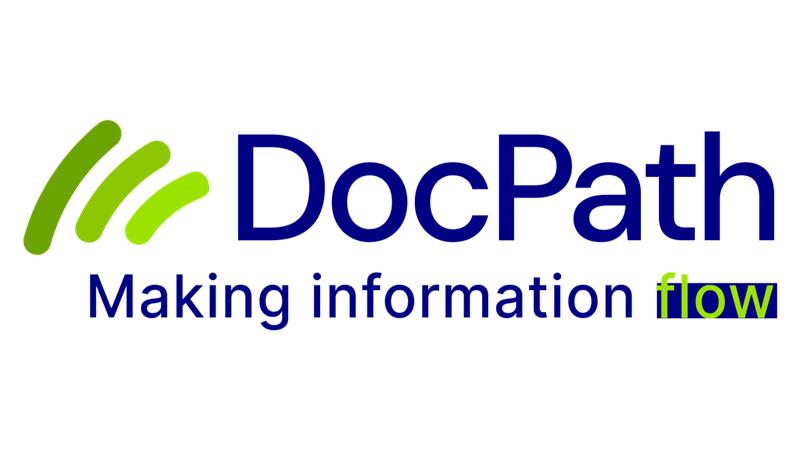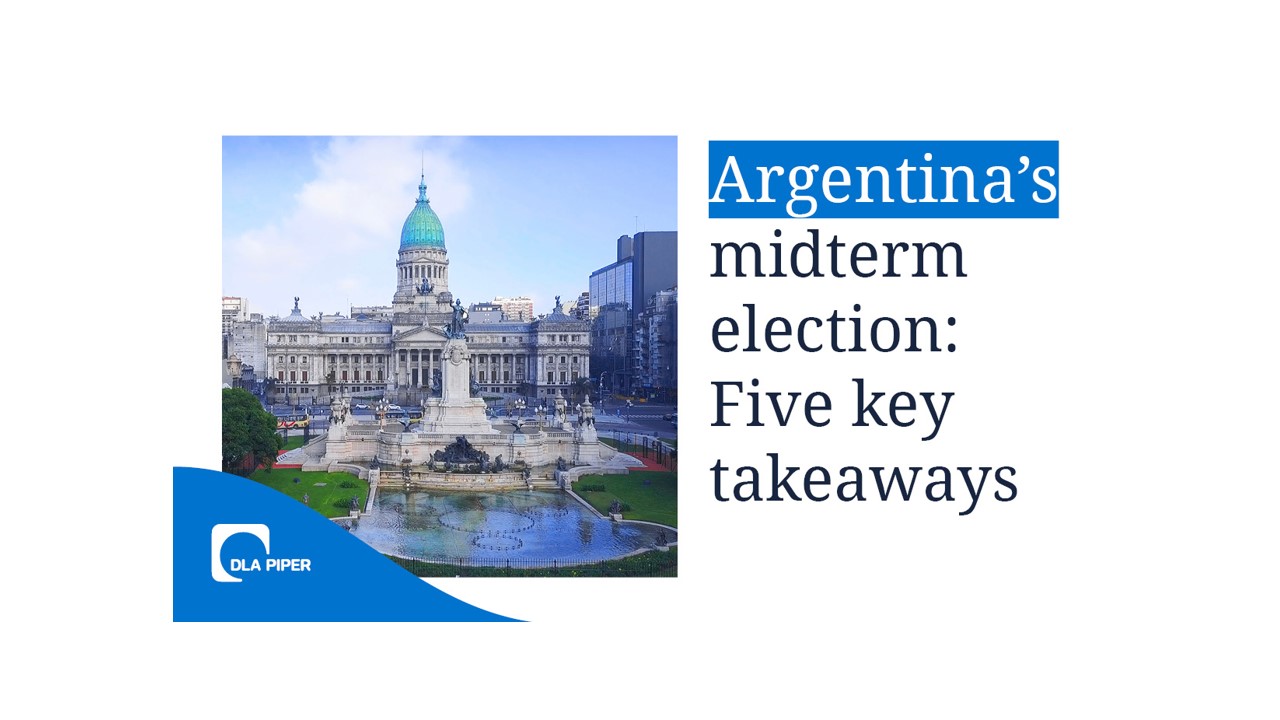The digital transformation of the financial sector faces a paradox: while institutions invest millions in technology, 1.4 billion adults remain excluded from formal financial services, according to the World Bank. The answer is not only in digitizing processes but in reimagining how information reaches each user.
DocPath, a Spanish company with 33 years of experience in document management, operates from Madrid with a vision that transcends European borders. With a presence in 20 countries and clients in the United States, Australia, and Mexico, the company has identified that true financial inclusion begins with the document. A contract, policy, or invoice that must be understandable to everyone.
Accessibility as a Regulatory and Competitive Imperative
The European Accessibility Act, implemented three years ago, required organizations to design inclusive communications for people with disabilities. But Juan Carlos Olivares, CEO of DocPath, goes further: “Accessibility is not only about inclusion; it’s about how any person can access their information and documents.”
This holistic vision becomes crucial when we consider that older generations often feel “left behind” by radical technological innovations in banking services. The friction is not generational; it’s about design. Financial institutions that, for example, offer printed documents to clients over 70 who prefer that format are not moving backward, they are personalizing.
The sustainable finance market surpassed $1.6 trillion in 2024, and the social component (the “S” in ESG) depends critically on accessibility. DocPath serves over 300 clients, including banks and insurers, processing millions of documents monthly. For these organizations, document accessibility becomes a risk management tool: certifying that a client received and understood a policy expiration notice can mean the difference between litigation and a sustainable business relationship.
Artificial Intelligence: From Archiving to Interaction
Generative AI is transforming document management on two fronts. Internally, it serves as a semantic search engine: bank employees no longer browse PDFs one by one but query the system directly for specific information in contracts, invoices, or delivery notes. This operational efficiency frees up resources historically consumed by repetitive tasks.
However, the most disruptive revolution occurs in external communication. DocPath is finalizing a technology that turns PDFs into personalized interactive videos. “Imagine a welcome kit where a branch agent, with their own face and voice, explains the contract terms in a video that can be translated into any language through AI,” explains Olivares.
This innovation transforms long communications (20-page documents, executive reports, complex contracts) into audiovisual experiences that humanize digital interaction. In sectors where switching financial providers takes just a few clicks, standing out through experience becomes a critical competitive advantage.
The Smartphone as a Financial Passport
While 2 billion adults lack access to financial services, most own mobile phones. DocPath leverages this technological penetration through the preinstalled wallet app on smartphones (iPhone and Samsung), which surpasses WhatsApp installations because it comes built-in.
The proposal is simple but powerful: a car insurance policy accessible in two clicks, like a boarding pass. In case of an accident, the client scans a QR code to instantly access insurer contact details, active coverage, and next steps. This immediacy is not convenience, it’s the difference between a good user experience and a poorly managed crisis.
In Latin America, where rural areas often lack physical bank branches, certified digital onboarding processes are essential. DocPath integrates with identity verification partners, meeting regulatory requirements while enabling real financial inclusion. A citizen in a remote region of Mexico or Brazil can open a bank account from their phone with robust legal certification.
Operational Efficiency: The Brazilian Case
A DocPath logistics client in Brazil faced financial losses due to a document bottleneck: truck drivers waited at distribution centers until delivery paperwork was ready, causing disputes over service order. DocPath’s automated solution sends WhatsApp notifications when documents are available, allowing each driver to optimize their route. “In logistics, every minute saved is gold,” says Olivares.
The same logic applies to financial institutions processing massive volumes of contracts, invoices, or regulatory communications. AI integrated into DocPath’s Customer Communications Management (CCM) platforms reduces the time marketing and legal teams spend building document templates, accelerating time-to-market.
Talent and R&D as Competitive Advantage
Headquartered in Madrid and collaborating with the University of Castilla-La Mancha, DocPath employs 50 of its 100 professionals in Spain. The recent acquisition of U.S.-based Resolutions strengthened its North American presence with an office in Atlanta, while expanding across Latin America, Asia, and Australia. “Spain is our core: here we develop talent and R&D that we then export to the world,” states Olivares.
This strategy contrasts with competitors offering legacy solutions without technological evolution, high maintenance costs and low client engagement. DocPath positions itself as a strategic partner, facilitating migrations from obsolete systems through modularity and flexibility.
Risk and Compliance: Certification as Evidence
Risk management in financial institutions depends on proving that clients were properly informed. A recurring scenario: an insurer emails a policy expiration notice; the client has an accident and claims ignorance. Delivery certification, available through DocPath’s integrated partners, becomes legal evidence that mitigates litigation.
This document traceability complies with stringent regulatory frameworks and protects the financial sustainability of institutions. In a context where the European Accessibility Act demands inclusive communications, ensuring that every person, with or without disabilities, can understand a document is not philanthropy; it is a legal obligation with direct economic impact.
The Next Five Years: Hyperpersonalization and Humanization
Olivares predicts that document accessibility will evolve toward hyper-personalized experiences, where critical information is delivered in the most convenient format for each user. While AI agents automate simple frontline responses, “they still have a long way to go to humanize that interaction,” he admits.
The convergence of generative AI, ubiquitous computing, and predictive analytics will enable financial institutions to anticipate communication needs. A 75-year-old client might receive a video message with enlarged subtitles and a printed document sent home, while a millennial accesses the same content through augmented reality on their smartphone.
DocPath aims to become a global enabler of this transformation, expanding through strategic partnerships in legal certification and digital identity. “Our goal is to help more organizations, and more importantly, more people by improving the experience and service they receive,” concludes Olivares.
Document accessibility has ceased to be a regulatory checkbox and has become the battlefield where the competitiveness of the financial sector is defined. Institutions that understand that every PDF is an opportunity for human connection will lead the next decade.
Source: https://thestandardcio.com/2025/10/13/ia-generativa-accesibilidad-documental-banca/





